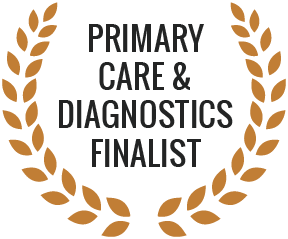There are several treatment options for hives, including topical & oral medications, including varying strengths of antihistamines, menthol cream, corticosteroids, leukotriene inhibitors, & in very severe cases, immunosuppressants. In most cases, if the allergen can be identified & avoided, the symptoms will go away.
If you are experiencing hives or similar symptoms, please make an appointment to get checked by a dermatologist, who can give you a diagnosis & discuss your treatment options.
Definition
Hives is another term for urticaria (also called wheals, welts, & nettle rash). This is a type of skin rash featuring raised, red areas of skin that itch, burn, or sting. The rash can appear on one area of the skin & then move to another. They often clear up quickly, but many patients have recurring hives.
Symptoms
The main symptoms of hives or urticaria are patches of red, raised, itchy bumps, spots, wheals, or plaques on the skin. They can appear anywhere, including the face, lips, & tongue.
Areas of the skin affected by hives look red, & individual spots may overlap each other to create bigger areas that look blotchy (plaques). They can come & go quite quickly & move around to different parts of the body. They can feel hot to touch, swollen, & red, pink, or pale red in colour, & appear in different sizes & shapes. The skin may also feel hot, burning, or stinging.
Other symptoms that may occur alongside hives include:
- A fever (body temperature of 36.5°C & above)
- Generally feeling unwell
- Swelling underneath the skin (angioedema, similar to hives but the reaction occurs more deeply in the skin & can cause swelling of the lips & around the eyes. It can be dangerous if it affects the throat or tongue, as the airways can be constricted; this constitutes a medical emergency)
- The rash spreads and/or gets bigger
- Chronic urticaria & angioedema, which are more severe forms of hives, can go deeper into the body & affect the muscles, lungs, & GI (digestive) tract. Symptoms of angioedema include shortness of breath or trouble catching the breath, sore muscles, nausea, vomiting, & diarrhoea.
- If your hives are caused by an external allergen, they will usually appear on the area of skin that was in contact with the allergen, & usually show up quite quickly (within an hour of exposure).
Hives can appear & disappear within a matter of hours, but in some cases they can last up to six weeks.
If your hives appear with any of the following symptoms, you should consider it a medical emergency & seek treatment urgently:
- Dizziness
- Shortness of breath
- Wheezing
- Tightness of the chest
- Swelling of the lips, tongue, or face






















